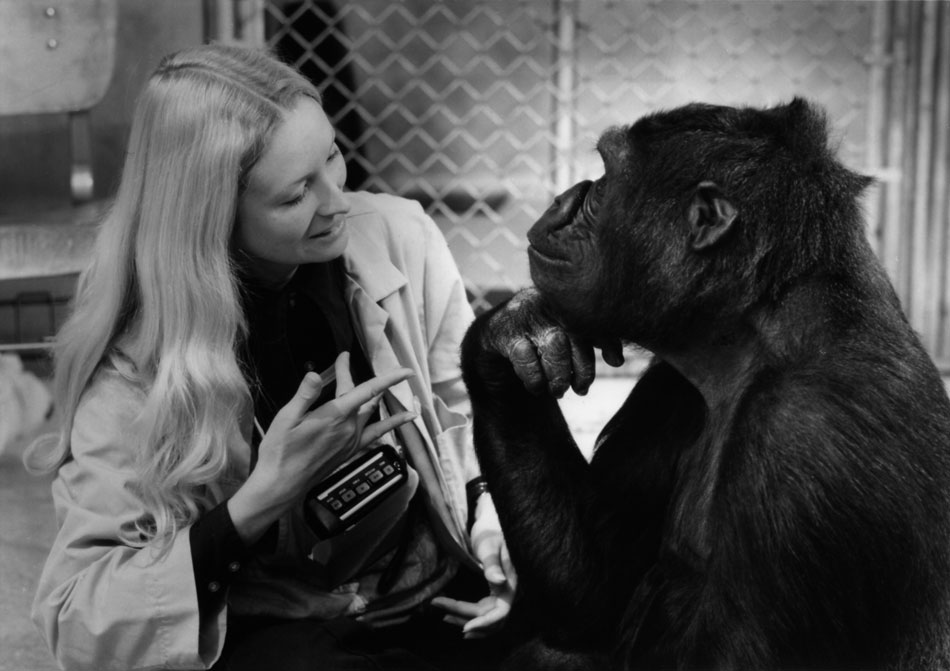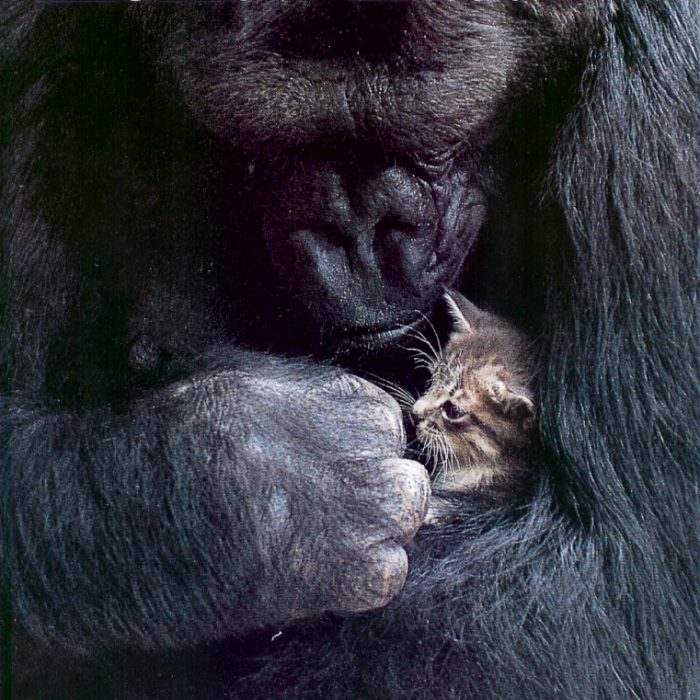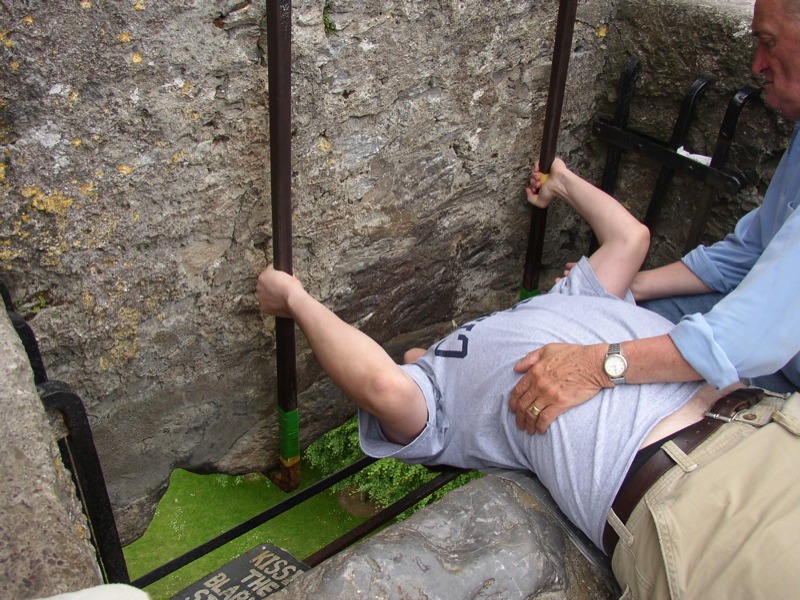I met Aritra through my fiancé, as he’s in the graduate program at UCF for mathematics. He gained a Master’s Degree in India, but has been placed in the same classes he had already completed back home
, giving him both an edge over his classmates and sense of our own education system. Although culturally, Aritra and I came from the same middle class background, our customs, languages, and view of the world, in retrospect, are slightly different. We spoke about family, work, education, UCF, holidays, American and Indian culture, and their differences, traditions, and religion. I informed him I would be reading his body language as opposed to the details of his answers. I also asked if I could use his name in my research, and he humbly replied with “of course” and a delightful grin, as if he nothing to hide and he was proud of his heritage.
We sat down at a table facing each other, about an arm’s length away. He sat up straight and looked positive, as the sides of his mouth shaped into a crescent, delighted to oblige.
I asked Aritra why he came to America. He immediately shifted in his seat side to side and his posture was a bit slumped. “I felt isolated”, as he lowered his head to his feet, shuffling his body in uncertainty. Was you’re upbringing an influence of your decision to move to America? A concrete “yes” and a serious expression translated that he had very little choice, but he was steered this way because his parents ultimately always wanted what was best for him.
I asked “what is the biggest difference you’ve noticed about American culture as opposed to Indian culture?” Aritra immediately put his hand to his brow and with a squint his eyes, looked to the right in deep contemplation. His eyes were down and as he looked up to make eye contact, his posture was more upright. “It’s hard to decide” he replied. He rested forward, as closer social distances are customary in India, and described the use of space and how Americans are uncomfortable about their personal distance with strangers.
I then asked if there was any aspect of American culture that he preferred over Indian culture. He immediately leaned back and with delicate smile and ease stated “independence”. He gestured and illustrated his point with his right hand, making a wave like motion. Why? Perhaps because the independence he perceives watching American culture is not set in stone. It’s always fluctuating and moving. He added, “There’s space in thinking in America.” He then placed his elbows on the table and looked into my eyes with certainty, explaining that “work is different in India”. The boss’s opinion is the only opinion and there’s no room for a personal voice. He then took his elbows off the table and his proximity to me once again shifted as he reclined back.
The last question I posed in our culture discussion was, do you feel you’ve lost any of your cultural identity (a sense of your own culture unique to India) since you’ve been in America? He shook his head immediately and replied “no”. He crossed his hands and reached for his metaphorical batons ready to lead his orchestra. He had music in him, and like a classical piece of
Mozart playing in the background, waved his hands like a conductor. Music was a large part of his heritage and it flowed through his veins, even now while I sat in awe of his musical dance.
As I informed Aritra that we were shifting topics to school, he peered over at a friend and gave him a great smile of appreciation. I then asked Aritra about his favorite things about
UCF. As his shoulders raised and the corners of his mouth turned upwards, he said his friends. He became quite animated, smiling and shaking his head, and started using both hands to communicate the social aspect of working with a group of such diverse individuals. “What do you like least about UCF?” I asked. “Nothing”, Aritra replied, with a fixed grin. I knew, judging from his proxemics as he stood up straight and beamed about his friends, that they should feel the same way about him. I asked Aritra how his classmates typically perceived him. “Happy”, he replied. “Always laughing”, as the corners of his mouth stretched as high as his eyebrows. Twisting in his chair as if dancing to a
James Brown song.
Aritra’s persona was infectious as I felt myself laughing and smiling so hard my eyes closed tightly. His demeanor changed as he described what he had no tolerance for. Although people usually perceive Aritra as a happy go lucky person most of the time, there is one type of behavior that is not tolerable to him, that being humiliation. He leaned towards me, changing our proximity once again, and started to point his finger and shake his head. He explained that professors who shame students when they answer a question incorrectly or a person openly degrading others is just not an acceptable behavior. To some people this may be a trait common to Aritra’s culture, respect I mean, but in all honesty, this is and should be universal in all cultures.
As I wrapped up my school discussion with Aritra I asked if he noticed differences in universities in America as opposed to India. He confidently sat up straight and with a sense of self described his dormitory days in India. Dorms were often referred to as hostels in India, and it was in these places that bonds would grow strong. As he smiled he described the jokes they would tell in the hostel and the long talks they conducted. It was a brotherhood of men, much like the fraternities we have here in America. There is, however, a big difference. As he crinkled his brow and looked slightly away from me, as if to understand why others are so bothered when people impede on personal distance, or even touch in a platonic way. “There is no concept of gay” in this scenario. If you’re in a hostel and a brother puts a hand on your shoulder, no one thinks anything of it. Looking me straight in the eye and leaning forward, Aritra exclaimed that “when you’re distressed you need this type of brotherhood”. He shook his head in disbelief and explained that a situation such as this would be very different in America. I had to agree.
Aritra and I moved on to our next topics which were traditions, religion, and family. I asked him about his family and what they did in India. His composure and posture immediately changed, as he started to describe his parents. As I mentioned before, Aritra’s father was a chief person in politics and the union while his mother worked at home.
He placed his finger to his temple, squeezing his brow as he spoke about motivation and how his parents, especially his mother, always pushed him to be the best at anything he ever did. “She did a good job raising me”, Aritra replied with a delicate smile. His family suffered a lot, but they were always able to confide in each other about everything. No subject was off limits. As he spoke about his mother and how she would scold him, he leaned forward in his seat and pointed his finger at me. A display or representation of the act in progress I suppose.
I followed with a series of questions pertaining to traditions, asking how he typically celebrated his birthday. He calmly said “with family”. It was hard for him to answer, as he looked down at his hands resting on his legs. “Sometimes there was a cake and a big meal”, and waving his right hand, using it as an illustrator, spoke about his twenty-fourth birthday. When Aritra was a teenager his near and dear ones presented him money on his birthday. When I asked how Aritra used his money, he shook his head in disbelief. He would never think to keep the monies and always told his parents to keep it at the end of the day, as they needed it more than he did. To Aritra, this was the true bondage between him and his parents and which does not hover around the daily mundane material needs.
As we spoke about the traditions of Christmas, he slouched in his chair, with arms on his legs and smiling, described how his mom would bake a cake and make coffee in the morning. The westernized view of Christmas was not observed in India, as Aritra described the lack of Christmas trees, tinsel, and presents. I figured this would be the right time to discuss his religious views and philosophy and Aritra certainly had a brilliant outlook on the matter.
He sat up straight and spoke about every religion. There was light in his eyes and passion in his gestures and voice. He appreciated and treasured all religions. He had a great respect for all facets of the inner workings. However, when we started discussing Christianity, Aritra’s posture and manner was much more serious. He shook his head and looked down as he spoke of the crusades. He pointed his finger and spoke of how religion kills because people were “misguided”. He became a bit more animated, using his hands to draw a circle of life in both directions. It was at this time that my posture and overall perspective changed as he described gods.
Aritra explained that if someone worships water; a certain tree; a beach; a mountain, then they may consider these objects their god. He kept drawing a circle on the table, pressing harder into the wood, as his eyes traced the outline he was making. He then looked up and with an overwhelming sense of clarity, spoke of the spirit of self, meaning we really invent what we want our god to be. Sometimes, we are the gods. Aritra became engulfed in this present conversation and focused on an outward showing of prayers as he leaned backwards and forwards with his eyes closed. I allowed him to finish, as he was in his element, and I was almost in a trance like state, trying to decipher the words.
I asked Aritra about his name and what it meant. The Bengali translation means “one who saves someone from the enemy”, he replied proudly with a smile. He fervently spoke of Krishna, which his name is derived from. He created a bow and arrow with his arms, shooting the arrow, and I asked what it represented. He told the story of Arjuna’s, whose arrow struck Karna’s Chariot, and in turn, Karna strikes Arjuna’s chariot. Krishna praises Karna for his abilities and asks Arjuna to compare Karna’s chariot with Arjuna’s own which consisted of the Universe in the form of Lord Krishna. The moral of the story is that neither held an upper hand in the battle.
I then asked Aritra, if there anything else he’d like to add about Indian culture? Its uniqueness? Aritra pondered for a moment and with complete calmness, opened his eyes widely and with a glimpse of absolute conviction replied that India was the oldest civilized country in the world. India had never invaded another country and his voice, as it calmly fluttered, was in awe of this notion. “Everyone has an oath or an existence to that debt. People need to contribute to the goodness of the world and keep pace with everyone else”, Aritra replied. I was perplexed with this answer, as I lowered my eyelids in slight misperception for a moment. Aritra eyes read like he was aware of the state of my uncertainty, and for clarity sake, he spoke of the history.
He described Alexander the Great in detail, making charging arm motions of a leader. Alexander entered India and noticed a monk, rather a “
Gymnophist”. Alexander asked him “what are you doing?” The Gymnophist answered, “I am experiencing nothing” then the Gymnophist asked Alexander “What are you doing?” and he came to know that Alexander is a great conqueror. Each one thought that the other was the fool.
The Gymnophist thought why is he conquering the world? It’s pointless and Alexander thought why is he experiencing nothing? Why waste time? Aritra then described that to understand the difference in their viewpoint we have to understand the subjective truth of Alexander. He lived his life by simple works, as simple to him was controlling the army, life, women, etc. With light in his eyes and clarity in his words, Aritra continued to explain that Alexander had been told to be a spectacular winner since his childhood and a man of destiny. Like Greek heroes, he always desired to live an extraordinary life and wanted to enter in the heaven of heroes. Aritra drew a river with his finger, and as he crossed the river, he made a fist. “Grab everything”, he replied and “Life is one”, he added, with optimistic and passionate eyes. That was the belief of Alexander because that was the way he developed the idea of his mythology. On the other hand the
Gymnophist had this belief from his childhood, developing from his mythology, that life is an infinite journey.
Aritra included much of his philosophy in his interview with me, which was illuminating and rousing, as shown by his gentle body sway.
You have to cross the river of life to and fro again and again and again because nothing lasts for ever in India not even the death so what goes around always comes around and this rule is applied not just to man but also to the God. Not you will get infinite life but the same life lived an infinite number of times to get the point of it all. Two different mythologies and two different ways of looking at the life, one linear and other cyclical. So the denominator of Alexander’s life was one and the value of his life was the sum total of his achievement. The accomplishment and the denominator the Gymnosophist’s life was infinity so no matter what he did the outcome is nothingness or an absolute zero. Their belief was influenced by their behavior and you cannot say which one is the absolute truth. So all we can do is develop the realization of every religion and experience the light in the different forms which enlightens the heart of everyone.
As we started to finish our conversation, Aritra contracted his face and spoke of Rama and the pain in his life, but his prayers that he spoke in his native tongue, were like musical notes dancing off the page. He started to chant about Krishna and Atman Brahman, which is a representation of our true self and our soul that resides in the spirit within our bodies
. Aritra closed his eyes and once again moved his body delicately to the words, describing whole love of the gods, reaching out with his right arm, and grabbing at life with his hand. “AUM pUrNamadaH pUrNamida.n, pUrNAt.h pUrNamudachyate, pUrNasya pUrNamAdAya, pUrNamevAvashiShyate”, he chanted. In English, this translates to “That is whole; this is whole; From that whole this whole came; From that whole, this whole removed, What remains is whole.
My conversation with Aritra opened my eyes to a philosophy I’ve always deeply appreciated and aspired to attain. We share the same middle class background, a positive and happy outlook on our lives, and the love of family and friends. Aritra is full of life and animated by nature and culture. Although I believe I am as well, he projects this with every word and gesture that comes from his spirit within. The minor differences I did observe were trivial at best.
There was lack of a Christmas tree during the holidays, which I don’t attest to be a Christian tradition, but for me, a love of the season. Aritra’s holiday affairs were certainly lacking in pretension, where westerners flaunt their material wealth instead of partaking in a humble existence. The Bengali language was an obstacle, even I understand that. However, I reverted back to
Chomsky’s beliefs in this instance. The human brain contains a limited set of rules for organizing language, what he calls “universal grammar”. The structural basis of all languages is the same; so to say a divide exists in communication between Aritra and myself, would be an untruthful statement. Why? Even though he spoke his prayers in Sanskrit, his body language translated into the words of my native language. To me that’s inspiring!
Picture Sources
- Kolkata - Kalighat Red Light Area
- Victoria Memorial
- Man in street doing laundry in Kolkata
- Hindu temple in Kolkata


































